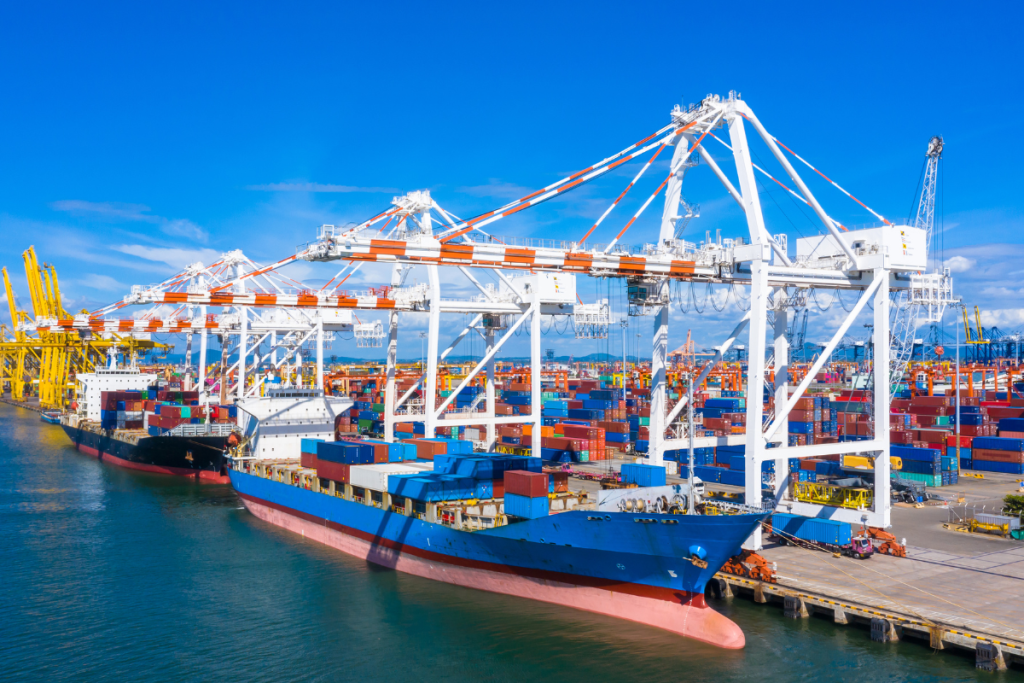The 2025 Council of Supply Chain Management Professional’s (CSCMP’s) Annual State of Logistics Report reveals that the U.S. business logistics costs now top $2.6 trillion, an 8.7% share of GDP, amid a climate of fluctuating demand, technology disruption, and nearshoring shifts. While the industry is cautiously optimistic, the report highlights the need for structural resilience, AI integration, and a rethinking of logistics agility in a world where trade routes are constantly redrawn.
Geopolitics and Automation Redefine Trade
Released by the Council of Supply Chain Management Professionals (CSCMP) in collaboration with Kearney and presented by Penske Logistics, the report depicts a logistics landscape adapting to new trade realities. Geopolitical tensions, evolving tariffs, and regulatory changes have reshaped traditional trade lanes, with Mexico surpassing China as America’s largest trading partner. Cross-border trade between the U.S. and Mexico hit $840 billion in 2024, up 6% from the previous year.
Business volumes remain flat, but the data show signs of resilience. E-commerce growth, with global online sales nearing $6.3 trillion, is driving demand for smarter last-mile delivery networks and air freight capacity. The report also notes that logistics costs have risen alongside persistent volatility in ocean freight and longer transit times, reflecting the strain of ongoing trade disruptions.
Resilience as a Strategic Imperative
Mark Baxa, CSCMP president, described the current environment as a “fog of global commerce” that requires more than temporary fixes. The report’s lead author, Kearney partner Korhan Acar, warns that resilience must become a core part of decision-making rather than an afterthought. “As the fog thickens, the logistics industry must move beyond short-term fixes and fundamentally rethink resilience—not as a luxury, but as a strategic imperative,” Acar stated in an official statement.
To meet these demands, many firms are investing in advanced data analytics, robotics, and automation. These technologies promise operational flexibility, but they also highlight the need for strong governance frameworks to ensure long-term adaptability. Andy Moses of Penske Logistics noted that third-party providers are playing a greater role in supporting customers as they navigate these shifts, offering flexible capacity and end-to-end solutions.
Rebuilding Supply Chains for Durable Agility
The report’s data reveal that logistics leaders are grappling with more than just rising costs. The real challenge is in recalibrating networks to ensure they can flex and recover as disruptions become the norm. Balancing technology investments with supplier relationships and trade recalibrations will be essential. For industry leaders, the path forward is about building more durable, data-informed agility into the foundation of supply chains.




